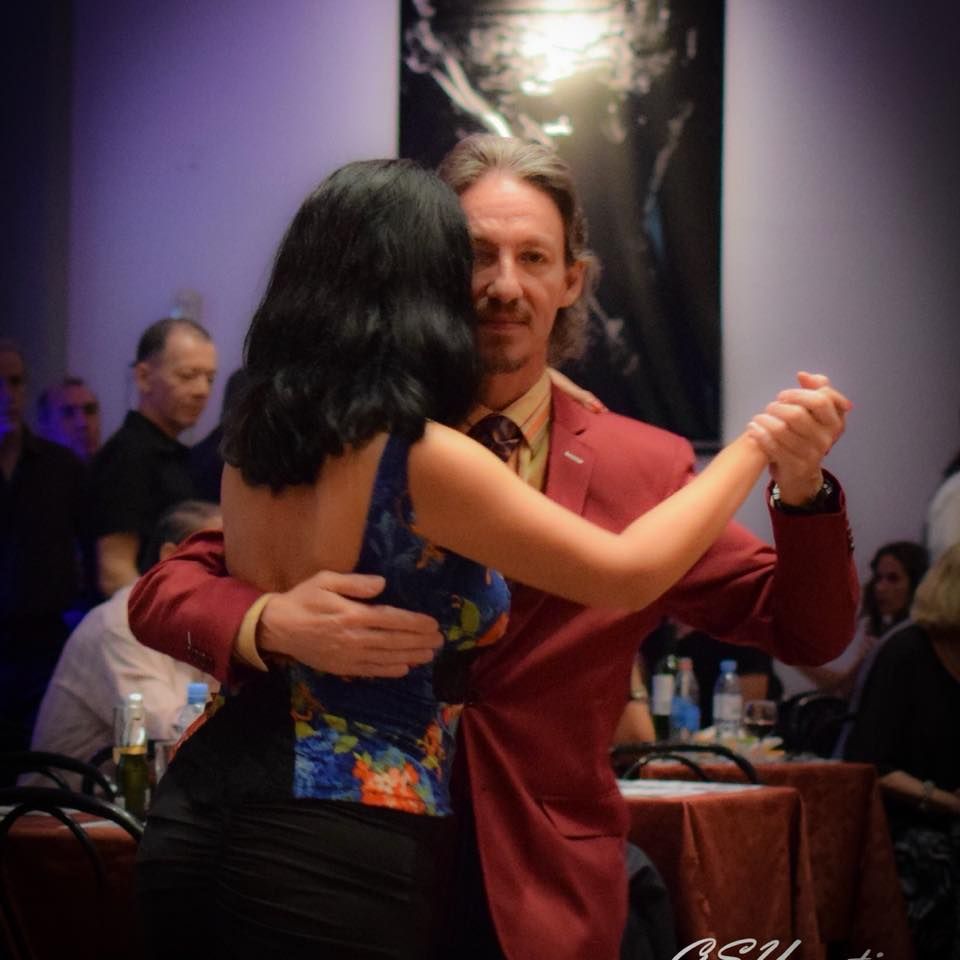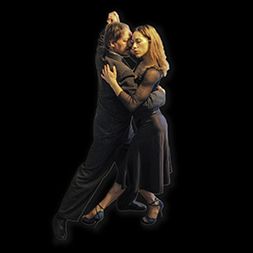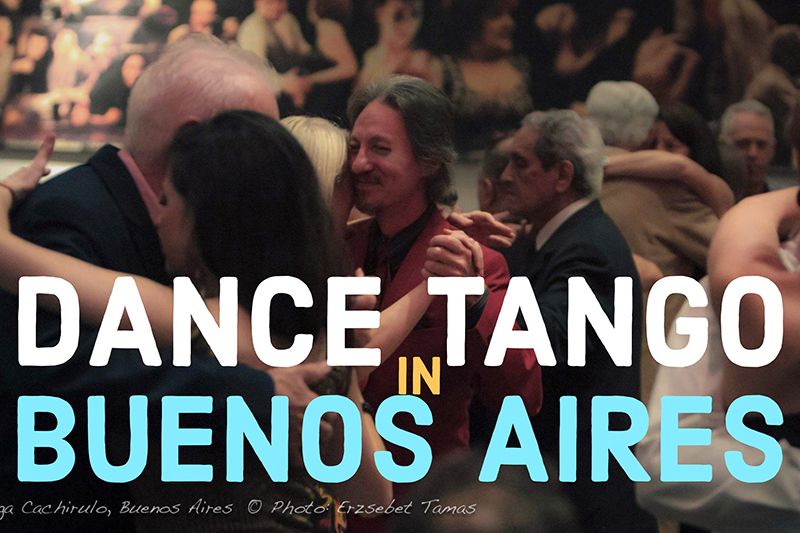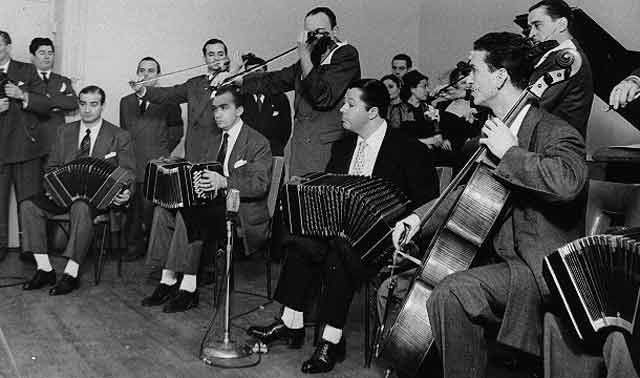“Códigos”, “cabeceo”, “cortinas”, “tandas”, and line of dance
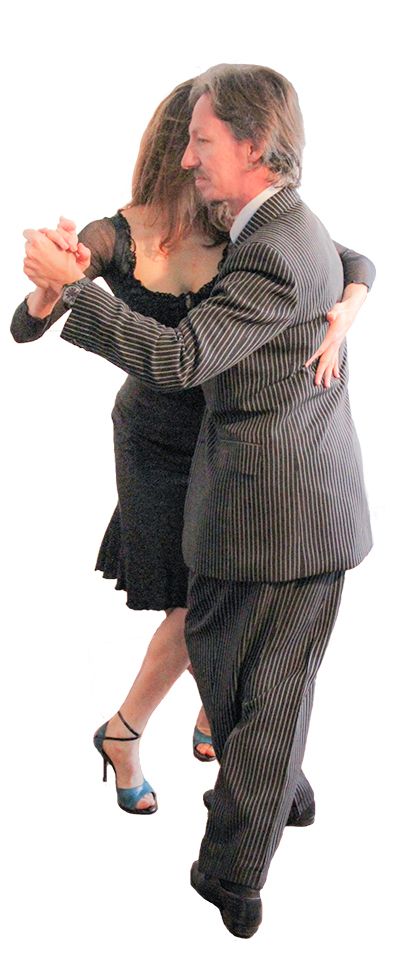
“Cortinas” & “tandas”
“Cortinas” are small pieces of non-tango songs that separate different sets of tangos, milongas or valses (“tandas”).
Each “tanda” contains four tango songs, four or three valses, or three milongas, in general played by the same orchestra and recorded in the same time period. In this way, you know that after the “cortina” a new set, played by a different orchestra, is coming, usually a different rhythm and style than the set played right before, and by listening to the first song you know what to expect for that tanda.
The “cortinas” are also a call to the dancers to go back to seat and clear the dance floor. The etiquette requires to dance with the same partner until the end of the “tanda”. So, when the “cortina” starts to play you can say “Thank you” and accompany your partner back to her table -if you are a leader- or let your partner accompany you back to your place -if you are a follower.
The “cortina” makes clear that the “tanda” is over. You will have to wait for the next “tanda” to begin before to ask any other partner to dance.
“Cabeceo”: eye contact
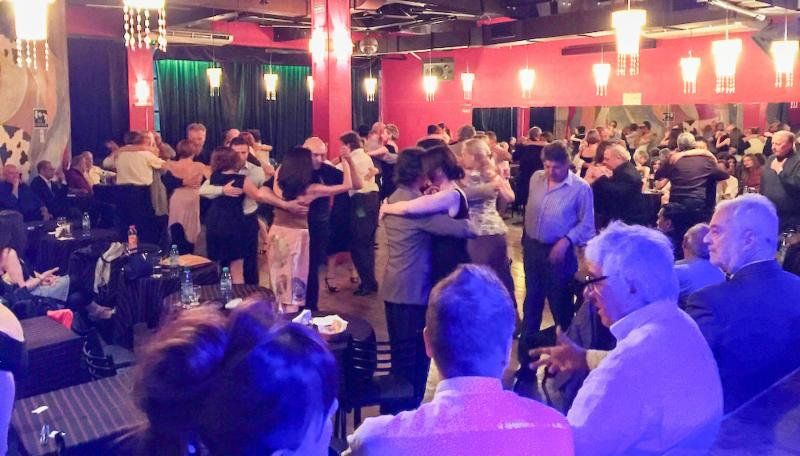
Facing the fact that to be rejected is always painful, the Porteños (people from Buenos Aires) developed the “cabeceo” (making eye contact) as the proper way to ask someone to dance. They look at the person they want to dance with.
This applies either for men a women.
If a person wants to dance with someone, one will let the other know by looking at that person and nodding the head when the other person looks back, making it a clear invitation to dance.
If that person wants to dance, she or he will answer back with an assenting sign with the head. After these subtle signs, the leader will go to the follower’s table (or where she is) and offering his hand, take her to the dance floor.
If the other person does not want to dance (man or woman), when the “eye contact” occurs, he/she will simple not respond.
This is a very simplified way to describe it. Reality is more subtle and complex. In any case, it is a good start if you are new to Tango.
Tango is a SOCIAL dance. The milonga is a place not only to dance, but also to meet new people, chat with friends, etc. It is seeing as a very inconsiderate attitude that someone comes to where you are to invite you to dance. It will be almost like saying: “I just want to dance with you and I don’t really care about you”.
While Tango is a dance that requires a situation of intimacy between the partners, asking to dance from a distance shows respect for the other person and her or his right to choose if that person wants to share the intimacy that Tango requieres with you.
There are many benefits of these “códigos”. One is that it takes in consideration the feelings of both partners, so when the dance finally happens, they both know they are where they want, which is an important requirement to have a good dance. They are not dancing because they have to.
Line of dance
The line of dance was already in the European dances in fashion of that time (1800’s). The counter clockwise direction was already used in waltz, the most popular dance before the appearance of Tango, and was used in other dances as well.
The Argentine Tango dancers just adopted it.
In Argentine Tango the line of dance is an expression of the dance itself, understanding it as a way of walking.
Also, it is the result of an agreement that shows the respect among the dancers on the dance floor. Seeing it from a practical point of view and making analogy: it is like traffic on the freeway, without the speed, but everyone is going in the same direction in your lane of traffic.
At Escuela de Tango de Buenos Aires we are committed to provide you with a complete Argentine Tango experience.
